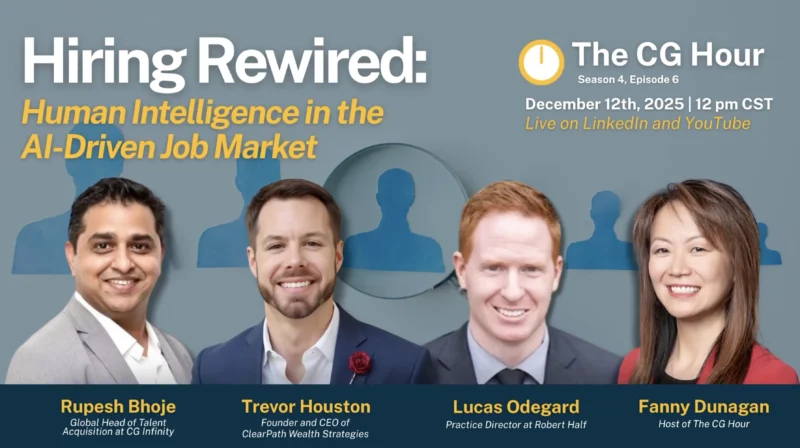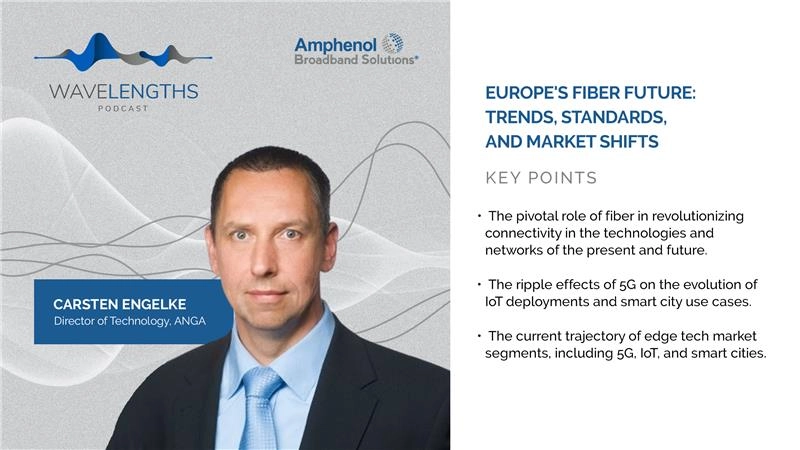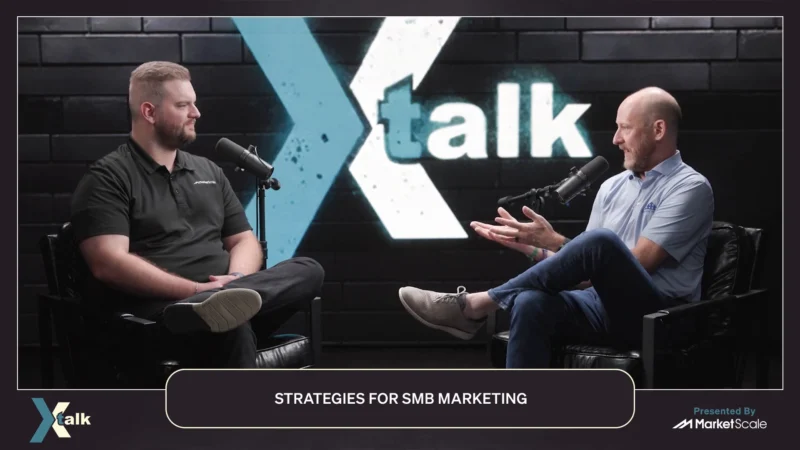Grounding Success in the Next Normal
Rapid and ongoing advances in digital technologies have made agile adaptation the norm in industrial manufacturing. However, disruptions caused by the pandemic have forced leaders to look at infrastructure issues to plan for future disruptions. In this episode of “To the Edge and Beyond,” host James Kent talks with Irene Petrick, Senior Director of Industrial Innovation, and Faith McCreary, Senior Principal Engineer and Senior Researcher and Strategist for Industrial Innovation, both at Intel, about the challenges leaders face and what it will take to survive and thrive in the “new normal.”
“COVID has been an amplifier for pre-existing issues such as access to digital data, worker safety, poor information quality, and unexpected data variances,” says McCreary. “Fortunately, industry leaders are starting to see that infrastructure is an important enabler that can help them deal with those issues.”
Petrick agrees, adding “The lesson they’ve learned is that they need to be better prepared. There are no quick fixes. Disruptions can come from anywhere and will continue.”
Petrick and McCreary expect remote work, resource fragility, worker safety, and global supply chain issues to make the need for changes to infrastructure very clear. “Our work suggests that the infrastructure piece is a critical problem,” says Petrick. “Machines give off an incredible amount of data. But not all of it is relevant. We have to figure out what data matters, how often to collect it, and how to process it at the edge so that we’re only capturing the most important aspects.”
Labor shortages further increase infrastructure problems. “Employers used to feel that automation would replace workers. But the concern now is they don’t have enough workers so they must automate,” Petrick says. “Companies are having to scramble to attract, keep, and figure out how to equip workers with AI and automation solutions that augment their ability to do their jobs,”
“There are just not enough digitally savvy workers to go around,” adds McCreary, “and that’s not going to change anytime soon. What makes it more complicated is that it’s not enough for a worker to have digital skills. They also need an understanding of manufacturing. Leaders need what we call ‘double-deep’ workers with both manufacturing and technology skills.”
According to Petrick and McCreary, the solution lies in creating an ecosystem of collaborators. “It’s like making a patchwork quilt,” says McCreary, “and everyone is looking to Intel to bring the pieces together – to play the role of matchmaker. We’re spending a lot of time developing standards to help the ecosystem partners play well together in the sandbox.”
“It’s a great time for technology companies,” says Petrick, “because it gives us problems that digital technologies can solve very well.”
Connect with Irene Petrick and Faith McCreary on LinkedIn.
To learn more about the latest in Industrial IoT and digital transformation visit: www.intel.com/industrial
Subscribe to the “To the Edge and Beyond” Channel on Apple Podcasts, Spotify, or Google Podcasts from the Intel Internet of Things Group.




